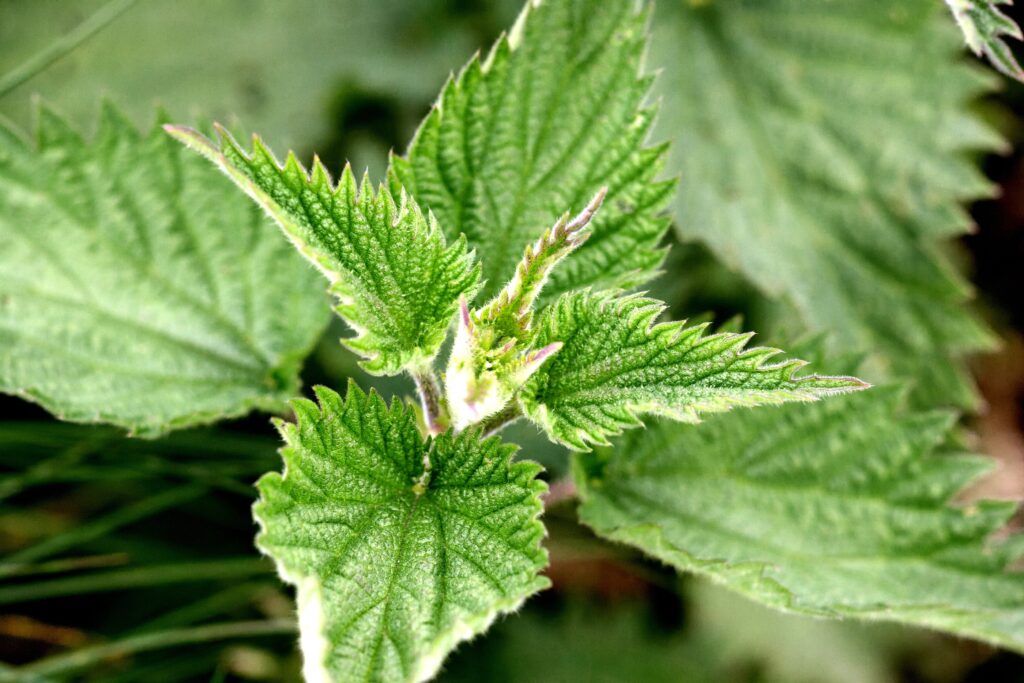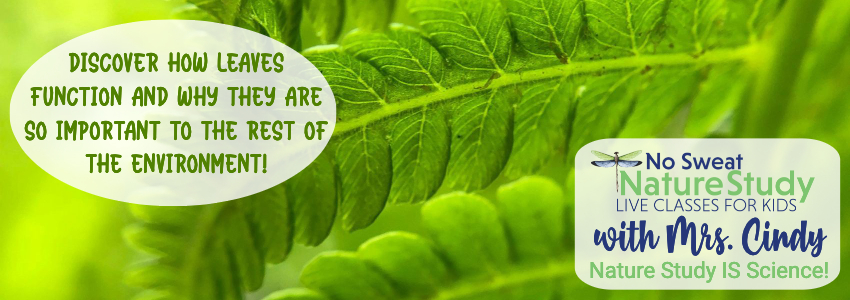How Do Leaves Protect Themselves From Animals?
A leaf nature study is a simple way to combine outdoor exploration with meaningful science. This week’s No Sweat Nature Study Podcast makes it easy and fun. Children will discover that leaves aren’t just pretty but are designed with smart defenses. These defenses help protect them from insects and other hungry animals. This episode highlights the fascinating strategies plants use to survive, from their textures and toxins to their shapes and spines.
Children will learn about plant defense mechanisms like trichomes, toxic chemicals, and leaf spines. They will also explore how camouflage helps leaves remain hidden. The episode highlights leaf adaptations, plant protection strategies, and the interactions between herbivores and plants. It supports life science through the lens of nature study. Whether you’re building a nature notebook, working through a botany unit, or enjoying springtime science, this episode fits beautifully into your homeschool routine.
Parts of a Leaf Nature Study
After listening to the episode, try asking these questions to reinforce learning and encourage thoughtful discussion with your children.
- What is a defense mechanism? (Answer: A way a plant or animal protects itself from danger.)
- What are trichomes, and how do they help protect a leaf? (Answer: Trichomes are tiny hairs that make it harder for insects to move or eat the leaf.)
- Why would a leaf taste bitter to an insect? (Answer: Some leaves have chemicals that taste bad or are toxic to keep insects away.)
- What part of a holly leaf protects it from being eaten? (Answer: The sharp spines on the leaf.)
- What’s the difference between spines, thorns, and prickles? (Answer: Spines grow from leaves, thorns grow from stems, and prickles stick out from the surface.)
- How can camouflage help a leaf stay safe? (Answer: If a leaf blends in with its surroundings, animals might not see it and won’t eat it.)
- Can you remember the joke from today’s episode? (Answer: What do you call an emergency in spring? May day!)

Parts of a Leaf Nature Study Video Class
Children intrigued by how leaves protect themselves will love the companion video class, “Parts of a Leaf.” Through guided nature journaling, draw and label a detailed leaf diagram while discovering each part’s purpose, and discovering some parts that we can’t even see.
This hands-on lesson is perfect for sparking scientific curiosity without feeling like a textbook. Whether your family is new to nature study or enjoys it regularly, the No Sweat Nature Study membership makes it easy to keep science engaging, meaningful, and flexible. Join us for this exciting class and see just how fascinating leaves can be!

Free Nature Observation Printable Packet for All Seasons
No matter what time of year you’re listening to this episode of the No Sweat Nature Study Podcast, here’s a printable pack of nature observation activities for every season of the year!
Related Curriculum from the Our Journey Westward Shop
-
Defense Mechanisms of Plants
$20.00 -
Defense Mechanisms of Animals
$20.00 -
Delightful Deciduous Trees
$28.00
Would you like to record a voicemail to answer this season’s nature study question?
At the end of each No Sweat Nature Study Podcast episode, Mrs. Cindy includes messages from a few of her friends. You can record a message that she might use on an upcoming episode!
All children must have their parents’ permission before leaving a recording. Parents are also welcome to record their answers!
Each season, there will be a different question to answer. You can see this season’s question below. Think about your answer first, and then follow these simple directions:
- Click the “Start recording” button.
- Tell me your first name. (If you want to tell your age and/or where you live, feel free to do that.)
- You will have 60 seconds to answer the question, but try to be concise.
- Press the play button to listen to your recording before sending it, to ensure it is recorded correctly. If not, re-record it.
Please leave a rating or a review on your podcast app! It helps the podcast to show up for more people…which means more families can enjoy science through the wonderful lens of nature study! Thank you!



